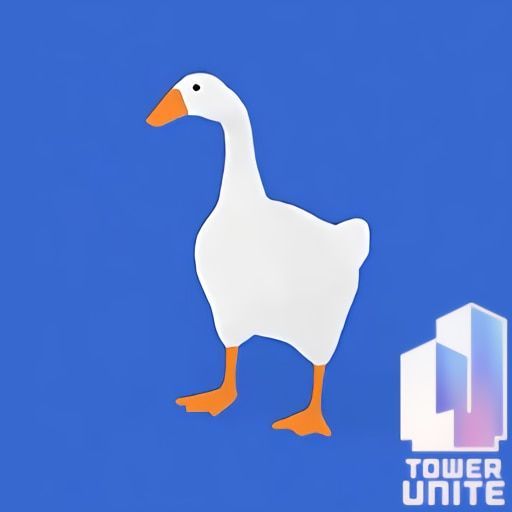
Whether you're developing animations for a video game, simulating robotic motion, or crafting fluid character interactions in a 3D environment, Inverse Kinematics (IK) is the secret ingredient that makes things feel... well, alive. It's a cornerstone of computer graphics, robotics, and biomechanics, and it flips a conventional problem on its head—literally.
What Is Inverse Kinematics?
In simple terms, inverse kinematics is a method of calculating the joint configurations required to place the end of a chain (like a robot arm or a human leg) in a desired position. It works in reverse compared to forward kinematics, which calculates the end effector's position based on known joint parameters. Press Alt + Enter
Think of IK as the logic behind reaching for a cup on a table. You know where the cup is; your brain figures out how your shoulder, elbow, and wrist must move to grab it. In software terms, you provide the end effector target and let the system figure out how to pose the skeleton.
How It Works: The Math Beneath the Magic
At the heart of inverse kinematics lies a series of mathematical operations—often involving trigonometry, matrix transformations, and optimization. The complexity depends on the number of joints and degrees of freedom.
- Analytical IK: Uses direct formulas (think trig and geometry). It’s fast and precise but limited to simpler systems.
- Numerical IK: Uses iterative methods (like gradient descent or Jacobian matrices). It’s flexible and can handle complex chains but may be slower.
- Here's another bullet point.
For example, when animating a bipedal character to place their hand on a wall, an IK solver determines how the shoulder, elbow, and wrist rotate so that the hand lands perfectly on the wall surface.
Applications of Inverse Kinematics
Inverse kinematics powers movement in a wide variety of fields:
1. Character Animation
- Used in games to allow natural interaction with terrain or objects (e.g., hands grabbing or feet planting).
- Blends dynamic and pre-animated poses.
2. Robotics
- Essential for controlling arms in industrial robots or humanoid bots.
- Enables precise tasks like welding, surgery, or object manipulation.
3. VR and Motion Capture
- Completes partial input from sensors by calculating natural limb movement.
- Enhances immersion by mapping real movement onto digital avatars.
IK in Machine Learning & AI
Inverse kinematics is also playing a role in robot learning, where systems infer control policies using IK constraints. Combined with reinforcement learning, robots can learn tasks while respecting physical laws.
In humanoid robots, IK bridges the gap between sensor input and physical motion, enabling balance, coordination, and human-like gesture modeling.
Final Thoughts
Inverse kinematics isn't just about math—it’s about imbuing motion with intent. It allows a character, machine, or avatar to move purposefully toward a goal, transforming code and coordinates into graceful movement.
Whether you're building intelligent NPCs, animating complex 3D scenes, or simulating mechanical joints, IK will almost certainly be a vital piece of your toolbox.


